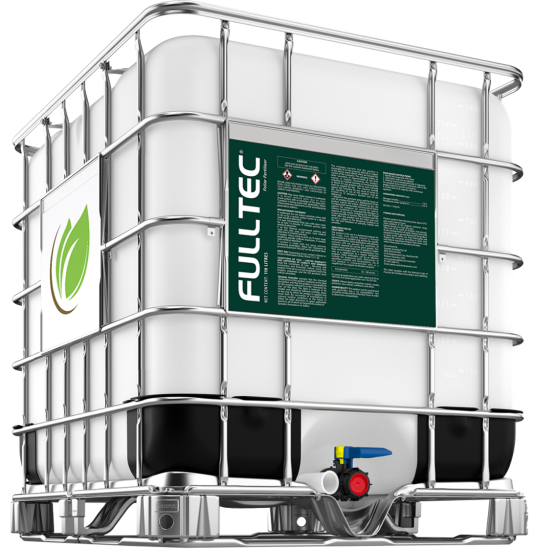

Crop suitability;
Fulltec’s composition incorporates chelated nutrients, phosphites and application technology. These characteristics work in tandem to ensure maximum spray performance is achieved. Chelated nutrients and phosphites are immediately provided to the plant and translocated throughout, complementing pesticides, promoting health and boosting productivity. In summer knockdowns, these act as highly effective carriers for herbicides.
Application technology is a blanket term that refers to the many variables the affect the efficacy of a spray application. Factors revolve around 3 key stages that occur during the spray process; conditions in the spray tank, movement from nozzle to leaf and activity once on the leaf. Fulltec works to ameliorate water hardness and pH, improve spray coverage and target penetration, and minimise inadvertent losses due to evaporation, drift and foaming.
Fulltec can be used all-year-round. However, it is best suited during summer knockdowns and fallow management, partnering with all herbicides to enhance spray applications and assist with weed control. The convenience of low use rates and practicality streamline the operational process on-farm.
Fulltec is compatible with all pesticides and liquid UAN.
Fulltec has the ability to assist with water conditioning in preparation for the addition of pesticides to the spray tank. This management of water quality is essential is maximising the efficacy of all pesticide active ingredients.
All our trials have been conducted by independent research organisations such as Kalyx, Living Farm, Crop Circle Consulting, South East Agronomy Research, AgXtra and NACRA.